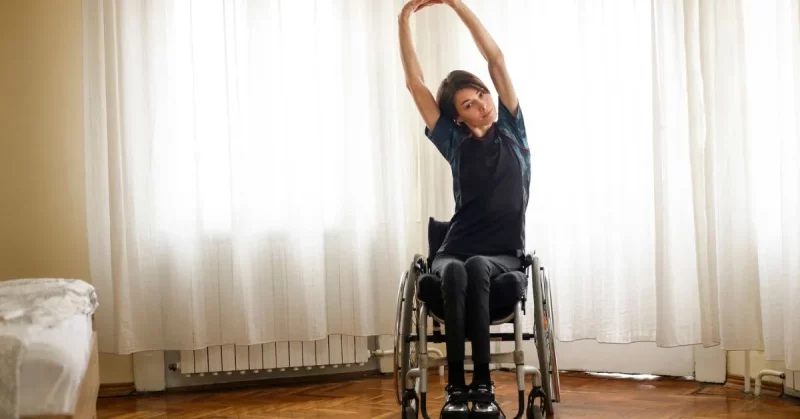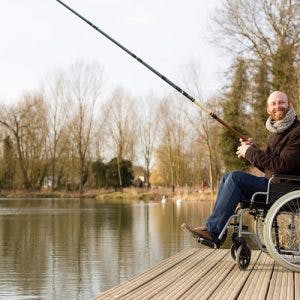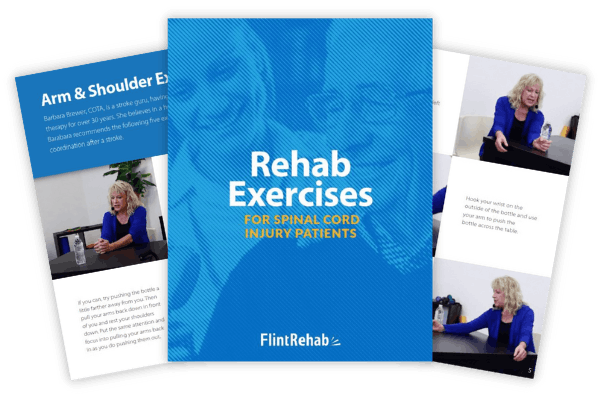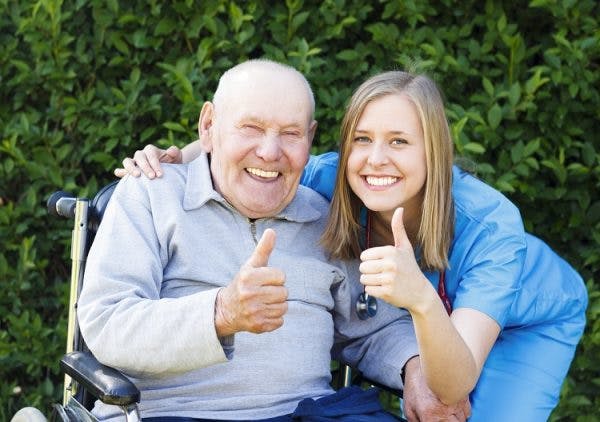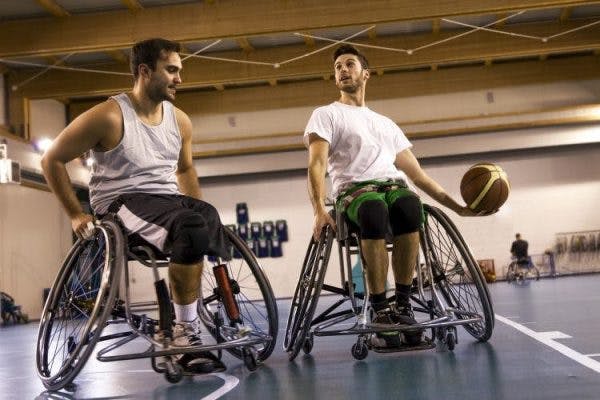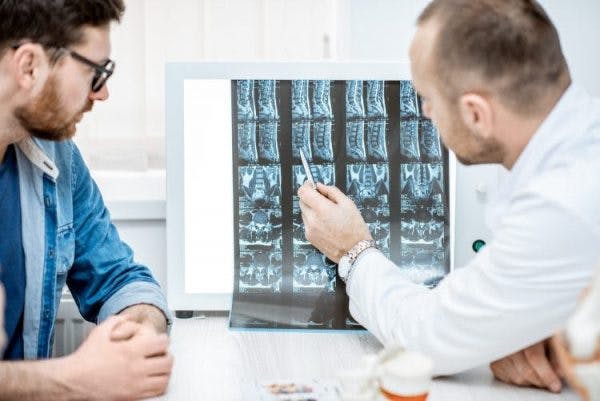The central nervous system has a remarkable ability to adapt and rewire itself, a process known as neuroplasticity. After a spinal cord injury (SCI), the brain and spinal cord can adapt, developing new pathways and strengthening existing connections to regain lost function. Engaging in targeted exercises encourages this rewiring, helping individuals improve mobility, strength, and coordination.
Today we will look at the best neuroplasticity exercises for spinal cord injury. While recovery outcomes vary, consistent effort and structured rehabilitation can significantly enhance quality of life.
Let’s jump in!
Understanding Neuroplasticity in Spinal Cord Injury
Neuroplasticity is the central nervous system’s ability to reorganize itself by forming new neural connections and strengthening existing pathways. After a spinal cord injury (SCI), the brain and spinal cord adapt by rerouting signals, which can support recovery. This adaptability allows other neural pathways to take over functions previously handled by damaged areas.
Targeted exercises enhance this process, promoting functional improvements over time. The extent that neuroplasticity can promote recovery varies based on injury severity, exercise consistency, and individual physiological factors.
The Role of Exercise in Neuroplasticity
The foundation of neuroplasticity is repetition. Repetitive experiences, including targeted exercises and activities, stimulate the creation and strengthening of neural pathways. This has the potential to reinforce the connections needed to restore movement and sensation after a spinal cord injury. Over time, as the nervous system strengthens its pathways, functions that were previously lost may gradually improve.
Individuals with incomplete spinal cord injuries, who have some spared neural connections at their level of injury, have the highest potential for neuroplastic changes. The more neural connections left intact, the more likely it is that adaptive rewiring through neuroplasticity can occur.
Conversely, neuroplasticity is limited in individuals who have complete spinal cord injuries, in which the spinal cord has been completely severed. While individuals with complete spinal cord injuries may make some improvements, they often primarily focus on learning compensatory techniques to enhance independence. Researchers have found some treatments, such as stem cell transplantation, to potentially enhance neuroplasticity after a complete SCI but evidence is still being gathered.
Exercise may not only aid in improving mobility and coordination, but it can also prevent secondary complications such as muscle atrophy, joint contractures, and cardiovascular issues among both complete and incomplete spinal cord injury survivors. By incorporating a variety of targeted activities, individuals with SCI can actively support their recovery and improve their overall well-being.
The following exercises are designed to stimulate neuroplasticity and promote functional improvements by progressively challenging the nervous system. Many of these exercises complement each other, working together to support different aspects of recovery and optimize your rehab. While these serve as an excellent starting point, it is recommended to talk with your physical and/or occupational therapist to learn which exercises may be most beneficial for you.
Best Neuroplasticity Exercises for Spinal Cord Injury
1. Passive and Active Range of Motion Exercises
Before engaging in more intensive rehabilitation, it’s important to maintain joint mobility and circulation. Passive and active range of motion exercises provide the foundation for movement recovery by preserving flexibility and promoting sensory input to the nervous system.
Passive Range of Motion (PROM)
Generally, passive ROM is when a therapist, or caregiver moves the patient’s limbs through their natural range. This prevents stiffness, maintains joint integrity, and keeps muscles engaged, preparing the body for more active movement when possible.
Some individuals may be able to perform passive range of motion exercises on their own using unaffected parts of the body to move the affected extremities. For example, those with intact upper body functions may use their hands and arms to move the feet and ankles through passive exercises.
Active Range of Motion (AROM)
Conversely, as neural connections strengthen, individuals can begin actively moving their limbs with or without assistance. This is known as active range of motion. This builds strength, reinforces neural pathways, and enhances voluntary motor control, making it a crucial step toward functional independence.
2. Weight-Bearing Activities
Once basic mobility is addressed, weight-bearing activities help reintroduce controlled pressure on the extremities, strengthening bones and improving circulation while offering sensory feedback to the nervous system.
Standing Frames/Exoskeletons
Using a standing frame or exoskeletons can allows individuals to bear weight through their legs, maintaining bone density and improving circulation. Over time, this activity also aids in core stability, digestion, and posture control, which are essential for overall health.
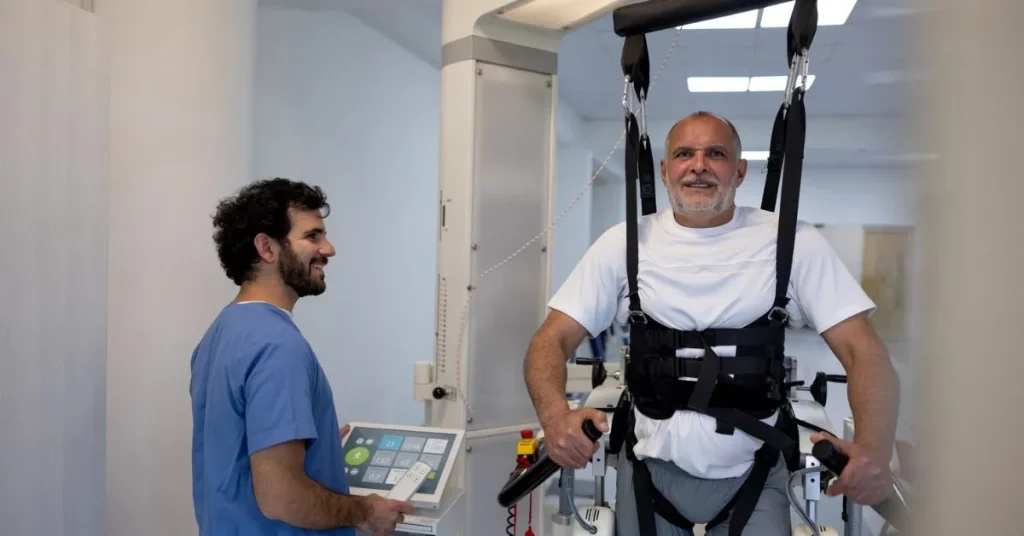
Parallel Bars
Parallel bars provide a safe environment to practice standing, shifting weight, and initiating controlled steps. This progressive activity strengthens lower extremities and builds confidence before advancing to gait training.
3. Task-Specific Training
Repetition of everyday movements reinforces neural pathways and builds strength for essential activities. Task-specific training directly improves functional independence by focusing on real-world applications.
Sit-to-Stand Exercises
Practicing sit-to-stand movements enhances leg strength and coordination, making transfers and mobility smoother. This exercise strengthens postural muscles and prepares individuals for more advanced gait training.
Reaching and Grasping Tasks
Fine motor skills are equally important for independence. Exercises focused on grasping and manipulating objects improve hand function, making daily tasks like eating and dressing easier.
Walking Training
By using body-weight support systems or assistive devices, individuals can retrain their gait (pattern of walking) and improve walking mechanics. This type of training builds endurance and encourages neuroplasticity by reinforcing proper movement patterns.
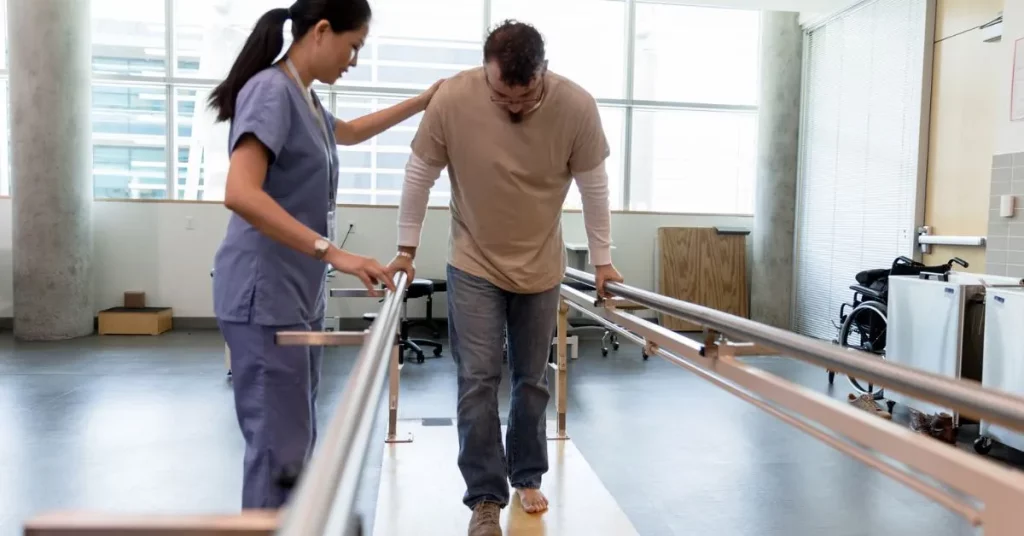
4. Gait Training
For individuals with some level of mobility, gait training is an essential component of neuroplasticity-based rehabilitation. Walking exercises integrate balance, strength, and coordination.
Treadmill Training
Treadmill training with weight support allows for repetitive, guided stepping. This approach helps the nervous system relearn walking mechanics and reinforces rhythmic movement patterns.
Overground Walking
As strength and balance improve, individuals transition to overground walking with assistive devices. This step prepares them for independent movement in daily life.
5. Mirror Therapy
Mirror therapy is particularly useful for retraining movement in a paralyzed limb when one side of the body is primarily affected. By using a mirror to reflect the functional limb, the brain perceives movement in the affected limb, promoting neural adaptation and restoring motor control.
6. Strength and Resistance Training
Strength-building exercises further support neuroplasticity by enhancing motor control and improving functional independence.
Elastic Bands
Elastic bands provide resistance without excessive strain, allowing for controlled strengthening of both upper and lower limbs.
Bodyweight Exercises
Seated push-ups, leg raises, and modified planks help engage the core and stabilize the trunk, improving overall control and balance.
Free Weights or Machines
For those who can use them safely, free weights and resistance machines offer progressive strengthening opportunities, enhancing endurance and stability.
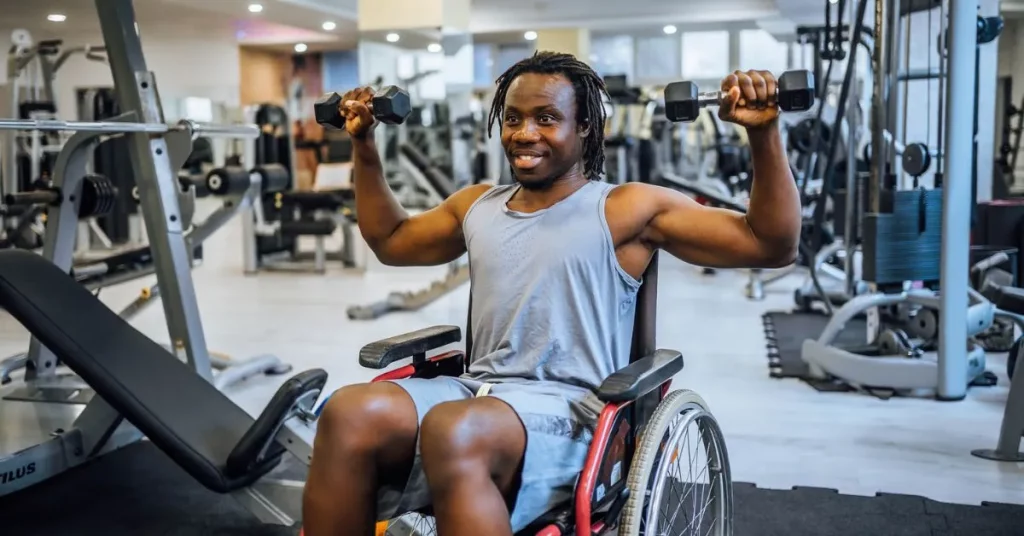
7. Balance and Core Stability Exercises
Balance is crucial for all forms of movement. These exercises develop postural control and reduce fall risks.
Seated Balance Training
Seated balance drills improve stability, particularly for wheelchair users with limited core strength. Strengthening core muscles through controlled sitting exercises enhances coordination and posture.
Swiss Ball Exercises
Swiss ball exercises engage multiple muscle groups to build dynamic balance, ensuring smoother movement transitions and better posture.
8. Aquatic Therapy
Water-based therapy provides a low-impact environment for movement and strength training. The buoyancy of water supports movement while reducing the risk of injury.
Water Walking
Walking in water minimizes resistance and impact while promoting proper movement patterns.
Resisted Movements
Water resistance enhances muscle control and endurance without placing excessive stress on the joints.
Floating and Kicking Exercises
Floating and kicking can improve circulation, flexibility, and strength in the lower limbs, helping reintroduce leg movement in a controlled setting.
9. Visualization and Mental Rehearsal
Even when physical movement is limited, mental exercises can reinforce neural pathways and enhance recovery.
Guided Imagery
By imagining movement, individuals can activate similar neural pathways as actual movement, strengthening neural connections even when mobility is restricted.
Mindfulness and Focused Attention
Mindfulness techniques reduce anxiety and improve body awareness, complementing physical therapy efforts and increasing motivation.
Conclusion
Neuroplasticity-based exercises after spinal cord injury offer a pathway to recovery for individuals. Specifically, by combining movement-based, sensory, and cognitive strategies, individuals can maximize their rehabilitation potential.
The key to success is consistency—engaging in a structured, personalized exercise routine fosters neuroplasticity, leading to improvements in movement, coordination, and independence. With time and dedication, these exercises can significantly enhance quality of life and functional capabilities.
Talk with your physical and/or occupational therapist to learn more about which neuroplasticity exercises could be most effective for you after spinal cord injury.

